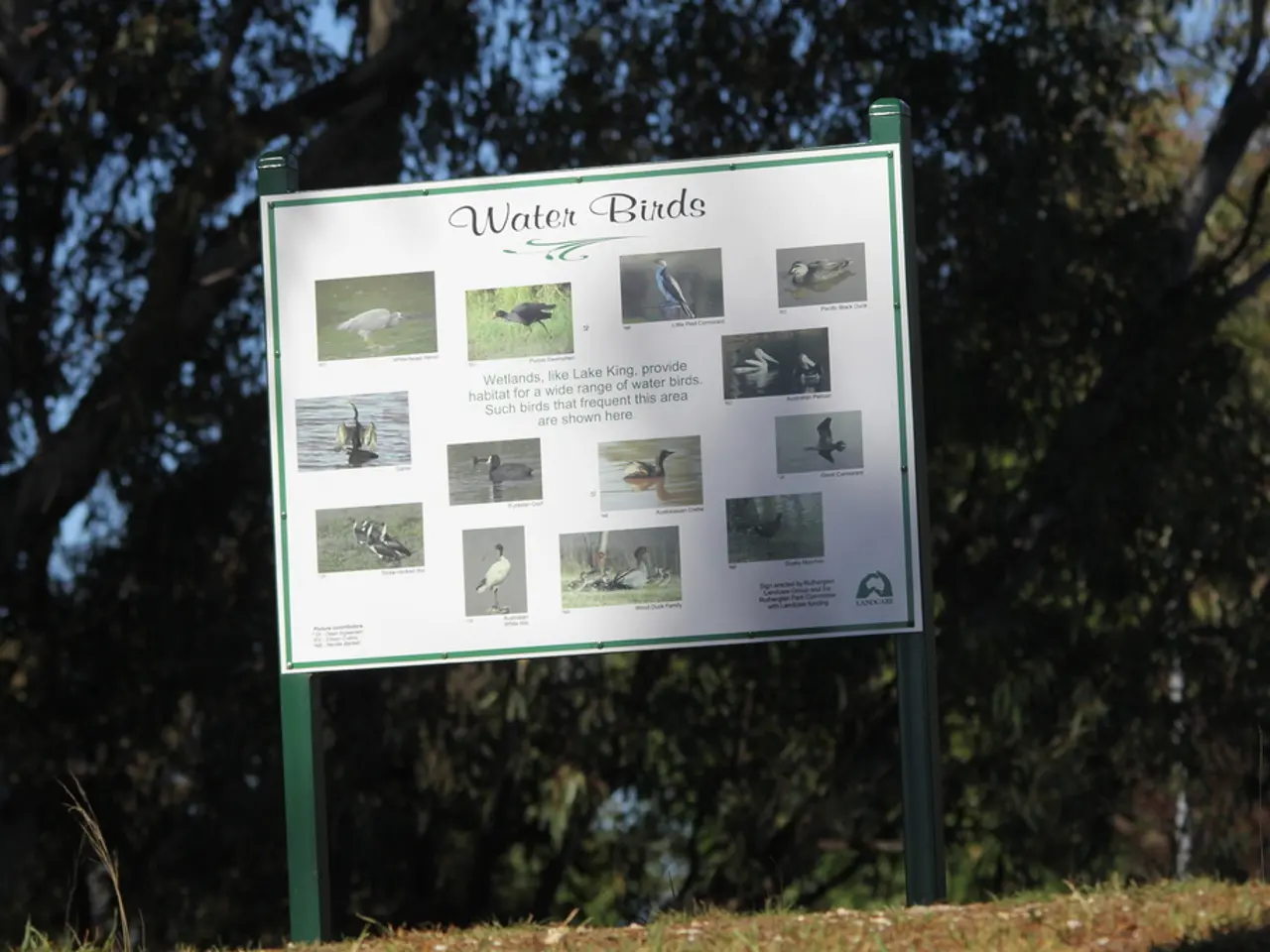Nature's Testimonial
In a world where the balance of ecosystems hangs precariously in the balance, a new project aims to shed light on the vital role of birds and the pressing need for their conservation. The project, an ambitious endeavour to archive bird songs, is a testament to the intimate relationship humans can have with nature and the beauty it holds.
The importance of birds in maintaining the health of ecosystems cannot be overstated. They contribute to biodiversity by partaking in food webs, controlling insect populations, dispersing seeds, and aiding in the regeneration of plant species. In essence, they are the beating heart of the natural orchestra that is our planet.
However, recent studies, including those from the Cornell Lab of Ornithology, have painted a grim picture. The global status of bird populations shows widespread and severe declines mainly due to climate change, habitat loss, and land-use changes.
In India, a study on grassland birds revealed that about 90% of grassland bird species have significantly declined since the 1850s, with drastic losses linked to colonial-era land conversions from natural grasslands to tea and timber plantations. In North America, bird populations have also fallen drastically, with grassland and aridland species losing more than 40% of their populations since 1970.
The situation is equally dire in tropical regions, where bird populations have declined by 25-38% between 1950 and 2020, largely due to extreme heat events driven by manmade climate change and habitat destruction.
Interestingly, some forest bird species in India's Nilgiri hills have not declined as dramatically, with some adapting to timber plantations. However, such monocultures still do not replace the complexity of native forests and thus are not adequate substitutes for biodiversity conservation.
The goal of this new project is to preserve the biodiversity of birds and the ecosystems they belong to. Artist Rachele Daminelli is at the forefront of this endeavour, creating an archive of bird songs from around the world. Sunny Tseng, too, spends their time recording owls and other birds, contributing to this vast collection.
The idea that sounds can indicate the health of the world emerged with Rachel Carson's book Silent Spring. In the 1960s, she wrote about mornings that were once filled with bird voices but were now silent due to the use of pesticides. Seventy years later, the disappearance of birdsong globally is a current issue due to climate change, as predicted by Rachel Carson in Silent Spring.
The project does not provide specific details about the methods used for archiving bird songs, nor does it mention any new technologies or innovations in bird sound recording. Instead, it serves as a poignant reminder of the beauty of birds and an urgent call to action to preserve their song before it's too late.
Conservation efforts must address both habitat protection and climate change mitigation to prevent further losses. Birds, as indicators of nature's integrity, suggest that if they are in trouble, the rest of the ecosystem is likely at risk. The project is an homage to the beauty of birds and a rallying cry for the preservation of our planet's natural orchestra.
References:
- BirdLife International (2021). State of the World's Birds 2021: Birds of Prey. [Online] Available at: https://www.birdlife.org/worldwide/news/state-world-s-birds-2021-birds-prey
- National Audubon Society (2020). 2025 U.S. State of the Birds Report. [Online] Available at: https://www.audubon.org/news/2025-state-birds-report-shows-continuing-alarming-declines-across-most-habitat-groups
- Cornell Lab of Ornithology (2020). Three Billion Birds Gone: Report Highlights Impacts of Habitat Loss and Climate Change on North American Birds. [Online] Available at: https://www.birds.cornell.edu/news/three-billion-birds-gone-report-highlights-impacts-habitat-loss-and-climate-change-north-american-birds
- Chakravarty, S. et al. (2018). Decline of grassland birds in India: A review of historical and recent trends. Journal of Ornithology, 159(3), pp.617-631.
- Butchart, S. et al. (2020). Global declines and recoveries of vertebrate populations during the Anthropocene. Science, 369(6507), pp.1008-1011.
- The archival project led by artist Rachele Daminelli and Sunny Tseng aims to preserve not only the biodiversity of birds but also the songs that symbolize the beauty of nature, echoing Rachel Carson's concerns about the disappearance of birdsong in her book Silent Spring.
- The magazine article on this project serves as a powerful reminder of the pressing need for environmental science to address climate change, habitat loss, and land-use changes to conserve bird populations and protect the health and wellness of our planet.
- As climate change continues to be a significant factor in the declining populations of birds worldwide, it is crucial for the environmental community to work together to mitigate its effects, ensuring a sustainable future that supports both birds and their diverse ecosystems.
- With the declines in bird populations across different regions like India, North America, and tropical regions, it's evident that the health of our ecosystems and the climate are interconnected, underscoring the importance ofscience, mental health, and the well-being of our planet as a whole.




